Kidmania: Beyond Books! Designing Digital and Physical Spaces for Teens
- Social Entrepreneurship
- Sustainable Development
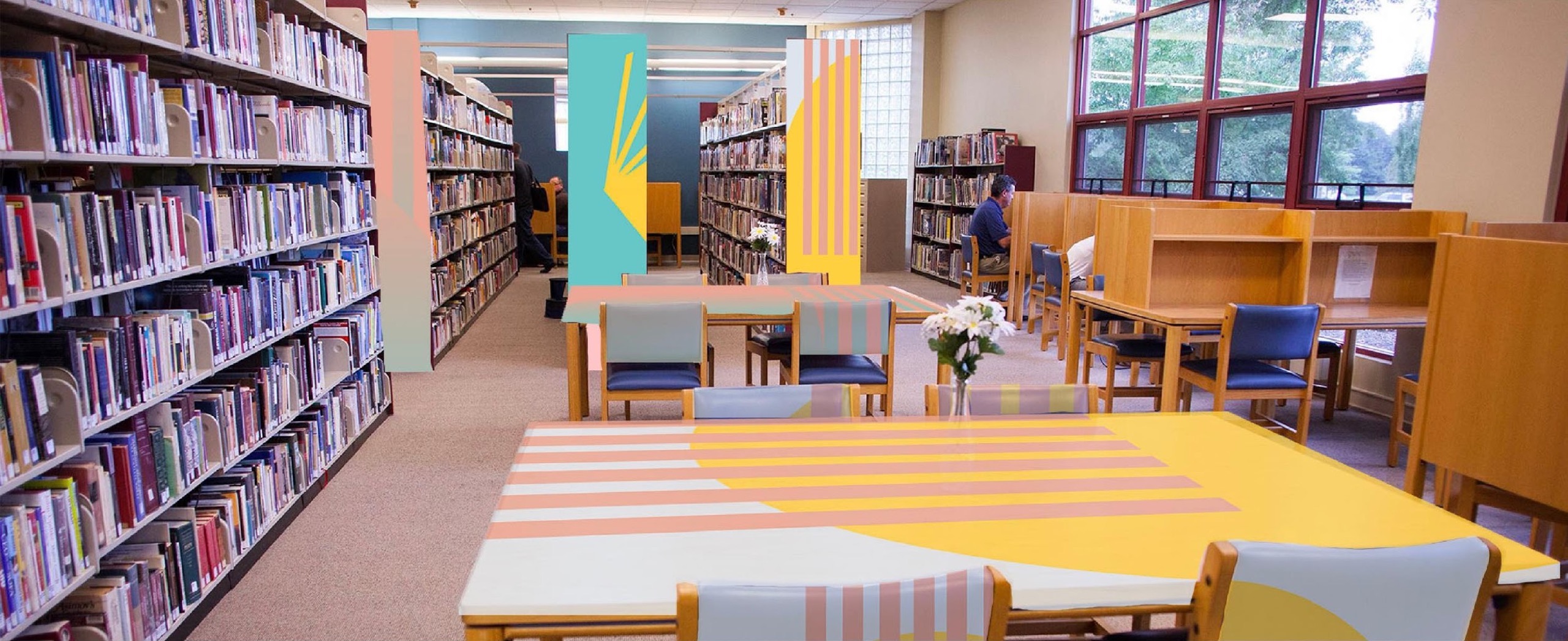
In partnership with the Los Angeles Public Library (LAPL), this Designmatters studio in the Fall of 2020, challenged ArtCenter student teams to co-create with librarians and teen subjects in order to re-imagine teen-designated library spaces — both digital and physical — as welcome learning resources and community spaces for social connections. Teams researched, interviewed and developed workable solutions as they designed experiences, programming and physical environments to meet the unique needs of teenagers in today’s online world and tomorrow’s post-pandemic future.
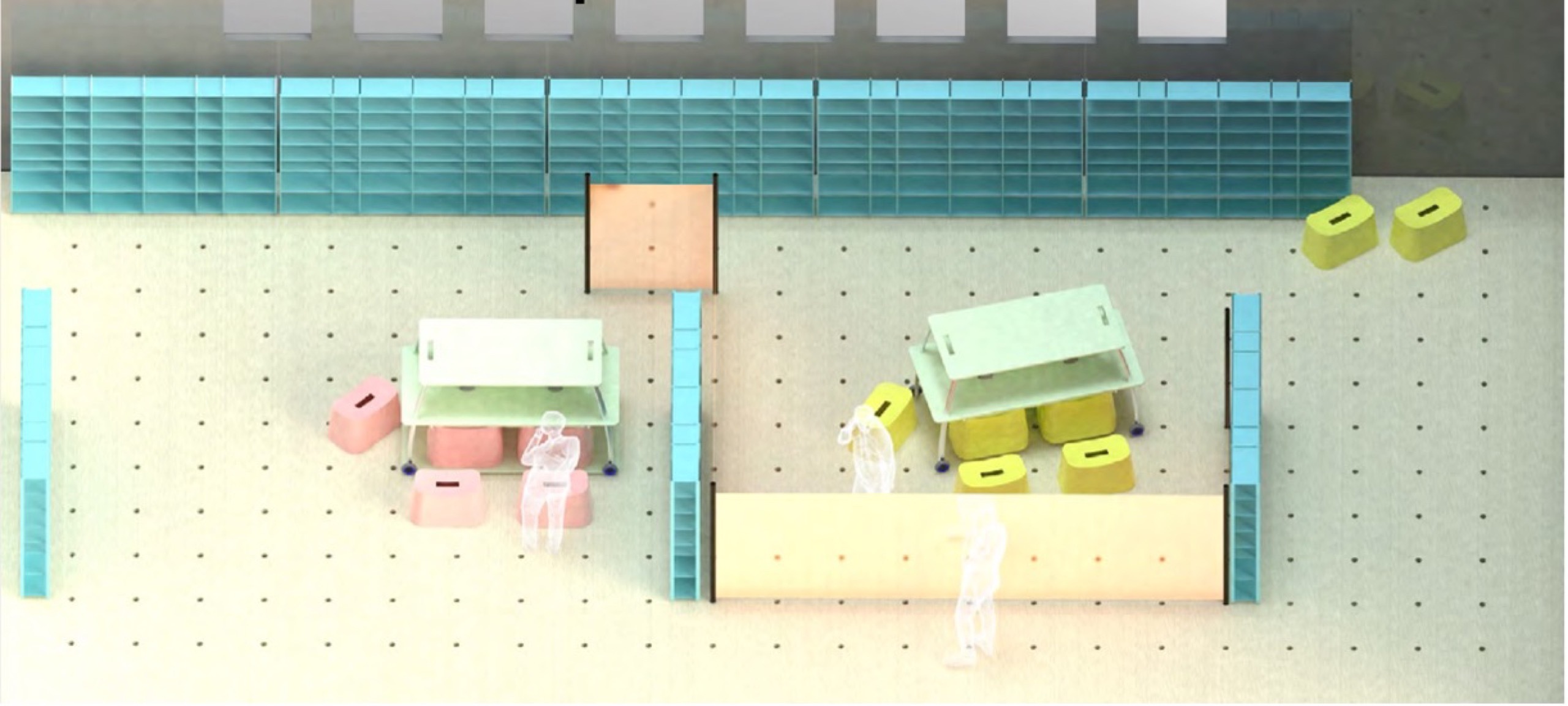
“It is very exciting for our students to work on projects that will ultimately benefit our local community. Youth are often overlooked and libraries are, too. Meeting with the librarians and teens throughout the term to reimagine the LAPL future propelled the learning experiences for our students. The results of the final strategies could only have resulted from these valuable interactions.”
Krystina Castella, Faculty
Project Brief
Responding to the unique needs of today’s teenagers, this Designmatters studio invited ArtCenter student teams to re-imagine how the Los Angeles Public Library could improve their teen-designated spaces — both digital and physical — to allow for deeper social connections, engagement, participation, ownership and play. Working with LAPL librarians and teen subjects, student teams researched how libraries can play important roles in preparing young adults for their future, and how effective programming can create community while offering learning experiences in both today’s digital world and tomorrow’s post-pandemic future.
About LAPL
The Los Angeles Public Library serves the largest population of any library system in the nation, more than 3.9 million people, through a Central Library and 72 branches. The library district serves a large percentage of non-native English speakers, as well as some of the United States’ wealthiest and poorest residents.
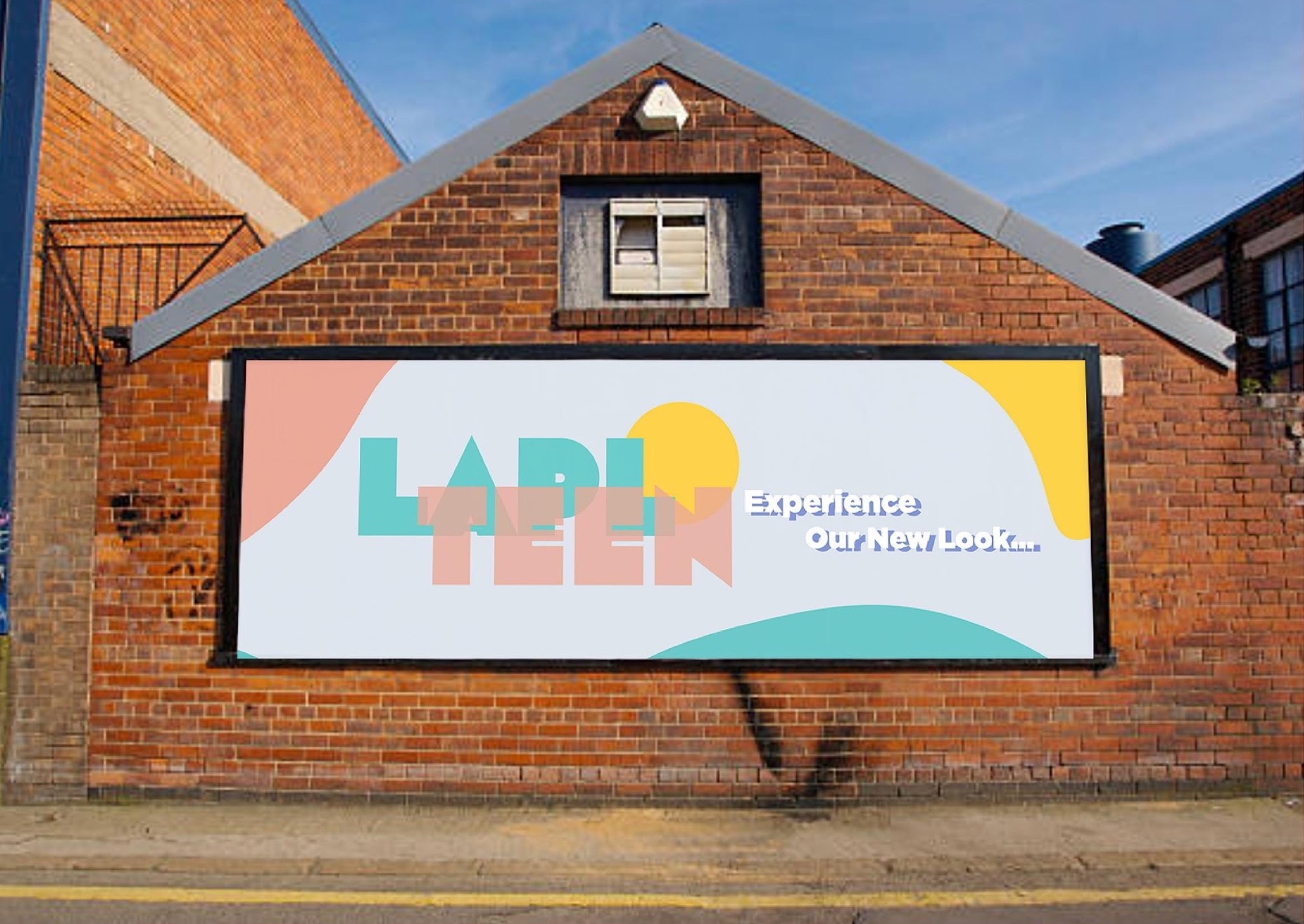
“The results of the information the students shared were really insightful. We’re looking forward to trying to find ways to turn it into a reality. I think a lot of library locations will benefit from those different ideas. It was great to see the library through your eyes and get new ideas about what we can do.”
Candice Mack, Los Angeles Public Library, Managing Librarian, System-wide Young Adult Services
Research and Project Development
At the studio kickoff, students shared self-portraits and discussed their own high school experiences and teenage years as a way to personally connect to their target audience. Later, LAPL librarians presented an overview of the current services and spaces dedicated to teens through the library’s Young Adult Services. Students learned that with so many branches, many different physical teen spaces currently exist. Librarians shared how some branches have made certain modifications — study tables with embedded outlets, for example — to make the spaces more appealing to teens.
When rethinking physical spaces, librarians encouraged students to find easy-to-clean furniture pieces that can be moved and re-organized by youth patrons. Above all, teens need a separate area that gives them privacy and a sense of ownership but still is a safe public space.
Librarians and students discussed the current state of the online LAPL portal, which is instrumental in keeping teens engaged in the LAPL programs. Student teams were encouraged to consider how collaboration with other entities could make the solutions not just more powerful, but also affordable.
Students were divided into transdisciplinary teams, grouped by diversity of disciplines, skills and abilities.
A framework was developed for student teams to learn the process of research, observation and concept creation which would be the basis for their final presentation and design project.
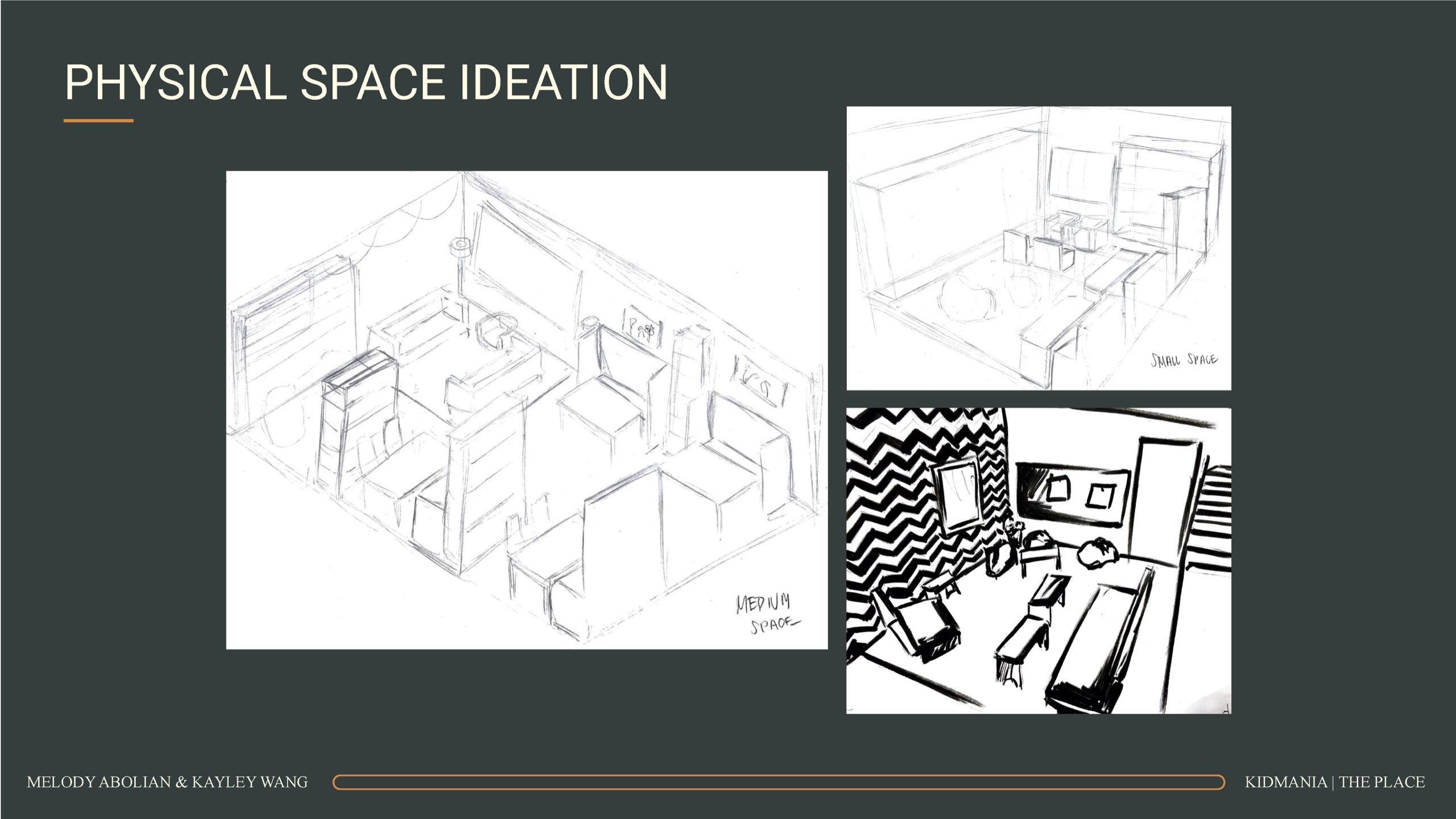
“I like designing for kids, but this group presented new challenges. I appreciate that we got to work with our potential users and learn how they think and what they really want from our design. It was a realistic exploration of the design process, of taking steps along the way to solve a problem.”
Sylvia Wang, Product Design Student
Initial Research, Interviews, Brainstorming/Ideation
Interviews with librarians and teens — done virtually — were eye-opening experiences for student teams that also conducted co-creation exercises which led to important observations and insights.
Librarians explained the challenges of small spaces, often with restrictive floorplans, but stressed that teens need a place to feel like their own, a place to study both independently and as a group. The physical spaces also needed to feature a convenient location for teens to store their belongings. Other insights included: even though they want to be independent, teens often need guidance (especially when studying for SAT and ACT); libraries need better website promotion and through social media platforms; and librarians often don’t have space to maintain a rotating collection of books that would be of interest to teens.
In a focus group setting, teams then interviewed teens about their experiences and attitudes about using their local libraries. Teens shared their likes and dislikes: adults often use teen-designated areas, teens are expected to be quiet, current spaces — uninteresting and dull — don’t reflect who they are. Often, teens don’t feel welcome in the library. The website is seen as overwhelming and hard to navigate. Student teams engaged teens in a series of brainstorming exercises as a way to envision what they want in a library. Using images of library teen sections, teens were asked to create overlay sketches visualizing different design executions. Teens also explored possible ways to create better access to resources and what kind of mentorships would be interesting.
Synthesizing the information and insights from the interview sessions, student teams began brainstorming how best to respond to these various needs. To help fuel the ideation process, teams participated in a variety of activities, such as wordplay and crafting personas. Teams created “50 Big Ideas” — which were eventually edited down to 10 strong ones.
“Teams in this class were very open, and no one was limited to just their major for participation. No one said: ‘You’re the product person, you do the product.’ Everyone took on the role of sharing the research and sharing the design. Some students had skill sets that helped propel the project in a particular direction, but overall, I saw students from different fields coming together, and the outcomes benefitted from that process.”
Krystina Castella, Faculty
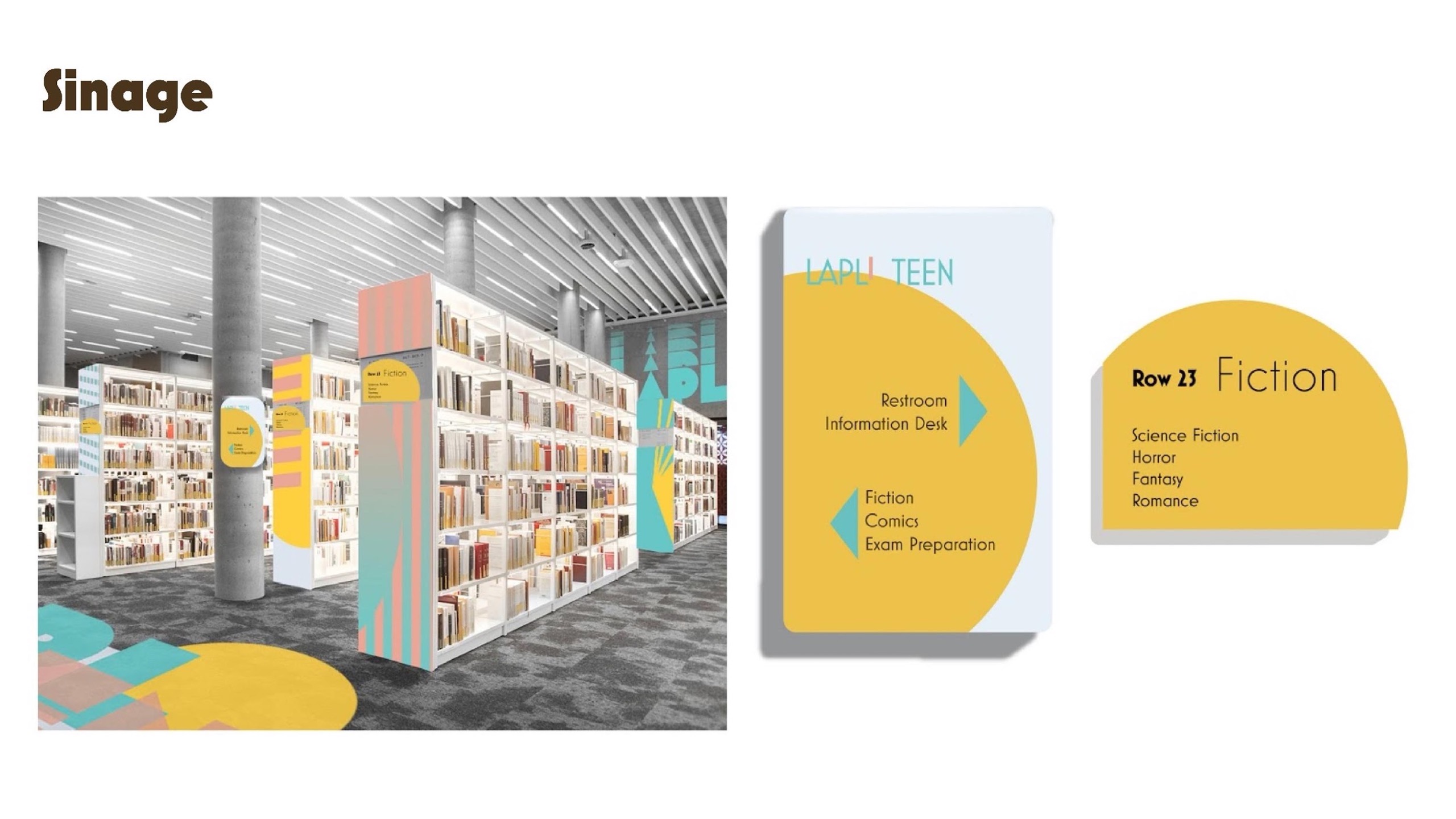
“Libraries can continue to be important places by being adaptable and flexible to what people need. We need to find an effective way of assessing what people want and need, while at the same time continue to be that place of comfort and refuge for so many. It’s important to balance the expectation of what the library should be with what the library can be.”
Madeline Bryant, Los Angeles Public Library, Senior Librarian, Children’s Literature Department
In-depth Research, Co-design Exercises, Refinement & Production
Secondary research — reading books and education journal articles — provided deeper insights into the needs of young people and how physical and digital design can encourage playing, learning and growing.
As they conceptualized various iterations, teams infused their design thinking with inclusivity and accessibility components. Integrating play patterns and interactive installations would also be instrumental in attracting teens. Teams explored possible partnerships that could be mutually beneficial. ArtCenter faculty member James Meraz held a series of collaborative design exercises so student teams could better envision design details and model-building techniques.
Concurrently, teams turned their attention to reimagining the digital spaces by studying the current website interfaces and apps. Teams observed how teens responded to different media platforms and technology at different times of the day and for different outcomes. While re-imagining digital connections, students realized they needed to introduce technological concepts that could easily evolve in the future.
Midterm presentations with LAPL personnel and ArtCenter faculty gave students a chance to explain their concepts, receive constructive criticism and see how to further strengthen their projects.
Energized after the midterm, students continued to be in close contact with knowledge partners for additional feedback, play testing and suggestions. Through additional co-design exercises and prototyping, student teams worked directly with teen subjects, connecting their opinions and reactions to the overall design strategy.
Teams took their projects closer to reality by developing a materials trend board that included specific forms, materials, colors and finishes that would be incorporated into the new physical library spaces. Teams researched the current market of furniture and fixtures, seeking how to possibly customize such purchases to accommodate specific spaces.
For their final presentations, teams explained their holistic design approach using graphic representations of their ecosystems. Students designed a programming series to engage teens, in person and virtually — and also created best practices for program implementation.
Finally, teams developed plans for how to execute their physical designs and roll out their concepts, scaling up to eventually incorporate all LAPL libraries. Communication visuals across multiple platforms were also developed to demonstrate how to market and promote the new library space/system. Teams also created a two-minute story about their concepts involving persona scenarios, a user’s journey and important touchpoints.
Project Outcomes
Before sharing their final group projects, student teams presented research they conducted and the insights gleamed in an overarching summary. Groups shared how they employed best practices when researching and the various methods they used throughout the design process, which helped guide their decision making and influenced their final projects.
When presenting projects, each team described their mission statement, impact goals (personal, organizational, interpersonal and community), an ecosystem design, and design criteria, in addition to three possible programming opportunities. Each team also presented an overall design proposal, design pivots, user scenarios, mood boards, suggested materials, and a rollout plan.
Outcomes
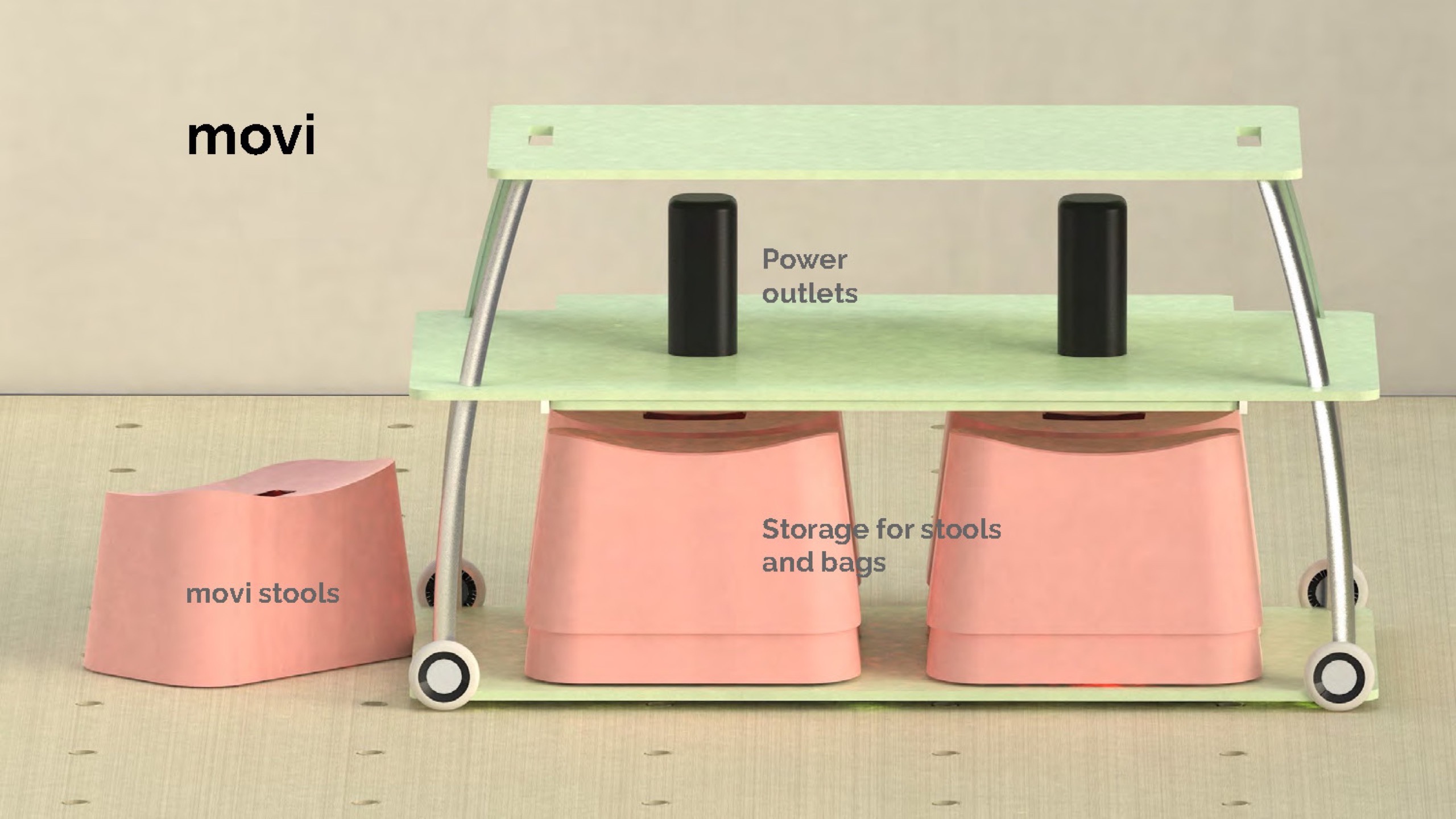 close
close
MOVI
Read moreLouise Lee, Zhuokun Lin, Kolleen Sam
Focusing on flexibility and customization, this project redesigns furniture and digital spaces interfaces so that teens can create their own multidisciplinary environments and enhance their library experiences.
To create an inviting space, movable furniture pieces allow teens to rearrange the floorplan for independent or group work/gathering. Spaces can be separated with colorful PVC mesh fabric screen “walls” that anchor to pegs in the floor. Desks can be reconfigured to be used standing or sitting. Artfully designed stools can be used as seating or storage for personal belongings.
Programming would include: Young Storytellers, a partnership to teach teens to draw from their own lives to create a story that would fuel discussions on social and emotional health as well as social justice skills. College Life Preparation, introducing teens to the social collegiate experience through partners USC and ArtCenter. A Cultural Beverage Event, held outdoors with teens invited to taste drinks from different ethnic palates.
The current LAPL website would incorporate larger text, and feature areas where teens can have a one-on-one conversation with a librarian in a live chat.
“The practice of thinking through this way of design is different than what we do in filmmaking. This design process involved the way you ask questions, the way you analyze answers and behaviors — and to deeply explore avenues and understand how and why everything fits together.”
Carl Hansen, Student, Film with Designmatters Minor in Social Innovation
 close
close
The Spot
Read moreMelody Abolian, Kayley Wang
To create a comfortable and collaborative space, this teen area resembles the environment and vibe of a local coffee shop and will inclusively welcome teens of all abilities. Mature colors, but a fun graphic language will engage the target user group.
Programming will include a monthly Book Swap for teens from different schools to meet and interact with peers; Career Prep Chats for high school juniors and seniors to engage with professionals from different fields; and Volunteering Opportunities at the library itself.
Modular furniture — desks and chairs — can accommodate wheelchair users. Created with easy-to-clean materials, pieces will be constructed of natural wood.
Digital spaces include an app with a teen feature for library volunteers to log in hours, create/attend events and link to their social media accounts.
Posters will communicate events as well as about the new revamped area. A collaborative board will display free and easy access to information, ideas, books and technologies.
“So often, we in the library profession get stuck in a rut of what we think a library space should look like or be, and we tend not to think ahead. We need to be more future-forward and be willing to take some big risks in design. The students clearly were willing to step outside that box.”
Madeline Bryant, Los Angeles Public Library, Senior Librarian, Children’s Literature Department
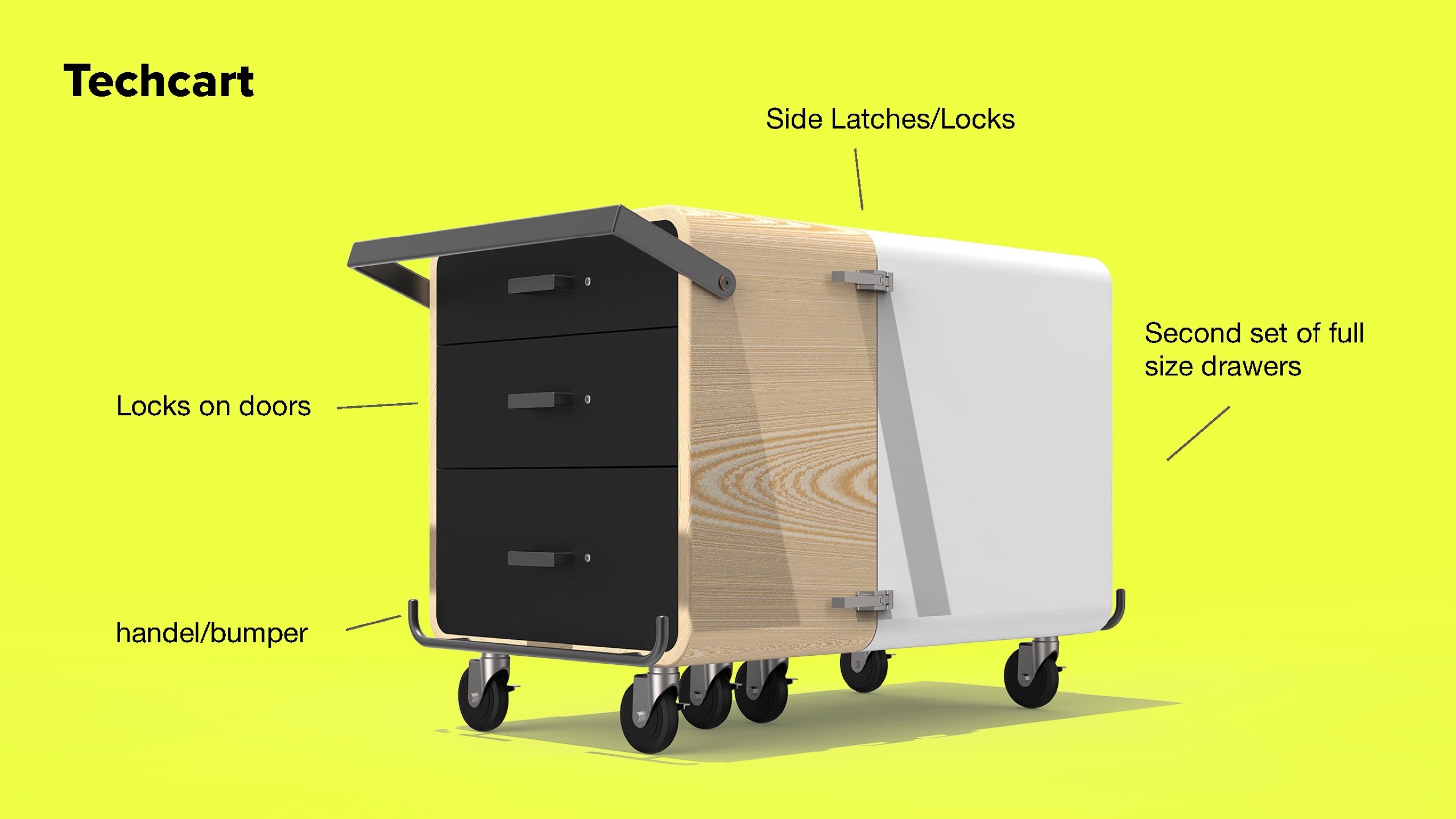 close
close
Transformation: Teenhood to Adulthood
Read moreEunice Oh, Tiffany Kang, Steve Uecker
This system employs hands-on activities for teens by incorporating Maker Spaces at various library locations.
Physical sites will feature a tech cart, a rolling container that houses raw materials and art supplies for creating solo or as a group. Teen art will be on display on an art showcase, a modular system of slide-in panels and wooden posts that can be scaled up or down. Each library will have its own version of a Creation Station. Larger libraries can offer 3D printing, laser cutting and drawing tables. Medium libraries will feature digital teen showcases and online resources such as Kanopy and Adobe Cloud. Smaller libraries will concentrate on digital resources, computer programs and other maker programs.
Programs include a Fusion Food Workshop where teens learn about food culture as they cook together; a Maker’s Market for teens to sell their DIY items; and Cultural Chat, an online forum.
Physical spaces will incorporate a bulletin board featuring resources available to teens, art showcase and other events. Posters advertising the libraries can be placed outside of the library at strategic locations.
The current LAPL website will be modified to create a less cluttered interface. The LAPL’s TESSA online archives will add a collection page for teen content and artwork. Teens can create promotional images for social media that also could showcase their work.
“Teens are often overlooked as a group, and not taken seriously. Some of us were recently teens, so we know that firsthand.”
Stephan Uecker, Product Design student with Designmatters Minor in Social Innovation
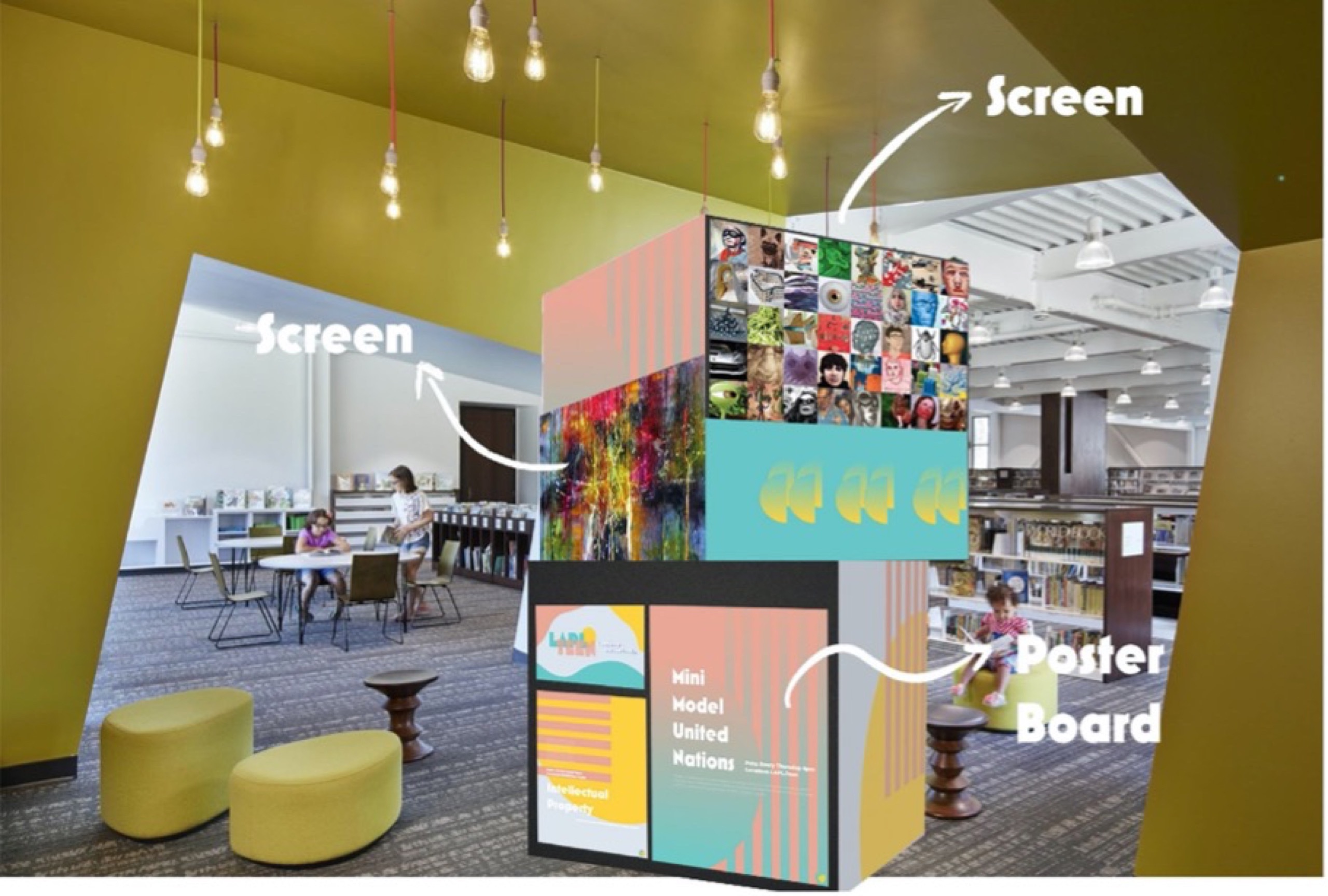 close
close
LAPL.TEEN
Read moreRuoxin Bai, Andi Li, Sylvia Wang
This environmental graphics system — with style guide and suggested applications — creates a new identity that can be installed at all LAPL libraries.
Programs would include a Sister City Exchange that connects Los Angeles teens to peers in Jakarta to discuss world issues and concerns. An Entrepreneur and Small Business program invites outside local businesses to mentor teens and teach real-life skills. Personal Development encourages teens to explore art as a social tool as they create art installations, popups and interactive displays that could include themes of diversity.
Physical spaces would include crates as seating and movable privacy screens affixed to tabletops. A wall-size pegboard includes hooks and hangers for jackets and backpacks. Teens can share events and personal thoughts on a nearby community wall/white board.
An independent website will be developed that only teens can access. It will include blog posts, galleries to share artwork, and other relevant resources.
Other communications projects include: a QR scavenger hunt that encourages teens to explore the library and, later, city sites/landmarks; teens creating content for the library through developing and distributing ‘zines; and teens sharing experiences on social media. Also, a Model UN Club/Sister City Club would connect teens from around the world.
Expanding on the library’s Street Fleet program, mobile interactive experiences would be presented to community sites using pop-ups, programming and involvement with local events.
“This studio allowed us to work with cultural institutions and to rethink a specific space and what that space represents to teens. It was such a great opportunity from an educational point of view. The co-design exercises allowed us to see how teens learn, what they talk about and what they are concerned about, which helped us shape how the library can connect and respond to them.”
Amelia Yessayantz, Film Student
 close
close
Beyond Books
Read moreCarl Hansen, Diane Liu, Amelia Yessayantz
This project includes a visualizing system so that each LAPL branch can create an enduring identity for their teen space. By slightly altering the existing physical spaces at the libraries, the project focuses on changing the style direction and visuals to appeal to teens.
The redesign extends the current LAPL Art Deco-style circle and book logo and incorporates colors of the Los Angeles climate, gold and aqua. Onsite furniture (chairs, tables, etc.) will be color coded, signage (end of book cases, wayfinding signs) will direct to teen-specific places of interest, and an Exhibition Cube — a large 3-D installation — is where teens can share their art pieces on digital screens. Information/upcoming events can also be posted on the cube. The color branding can extend to brochures and small posters.
The new website landing page for teens — and accompanying app — will employ the new colors, logo and mood elements while incorporating a cleaner interface that prominently features an Events page (including an online community) and E-books (including reviews and suggestions).
Programming can involve new multimedia art installations at the Exhibition Cube, a Mini Model United Nations community, and an Intellectual Property event where experts discuss copyrights and artist rights.
Banners, outdoor posters and signage reflects the new bold and fun brand and can be found on physical walls as well as shared digitally via social media.
“As designers, it’s important for us to take ourselves out of the situation. A lot of us design based on our own personal preferences, but this time we had to listen to other people who are much younger than us. We had to focus on their feedback, as well as work with the librarians to meet their needs. In the big picture, we also took into account inclusivity and accessibility so we could design for teens from different backgrounds.”
Melody Abolian, Interaction Design student